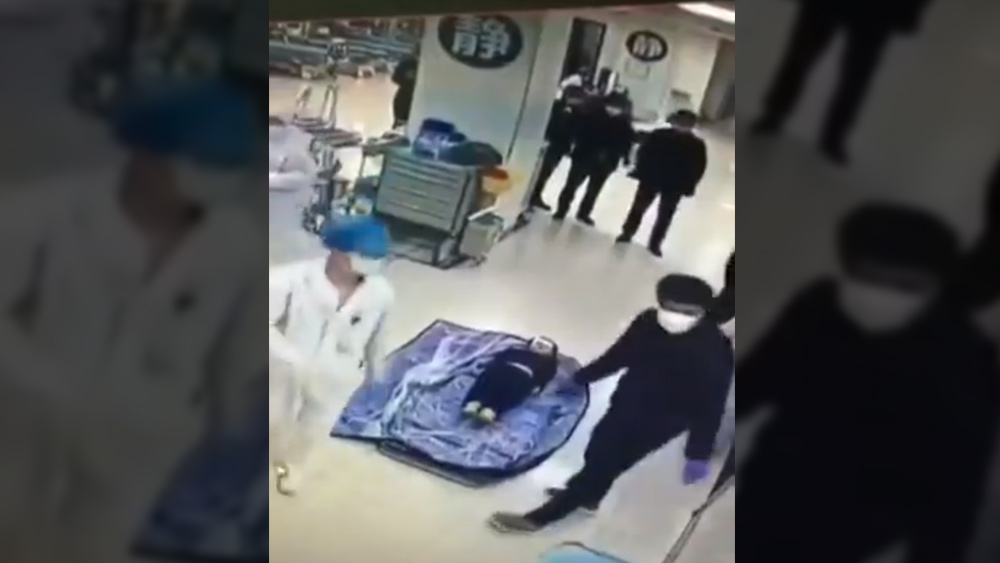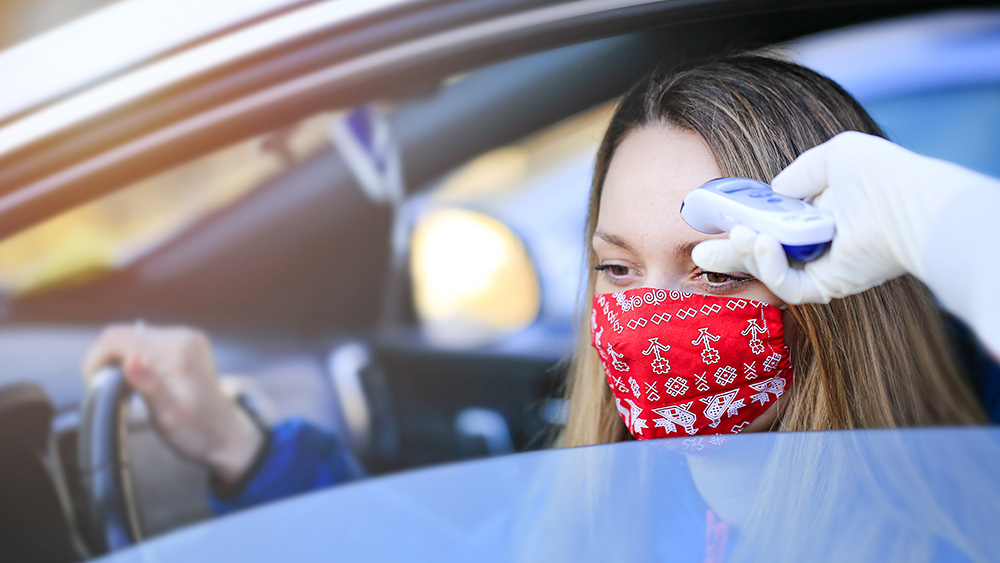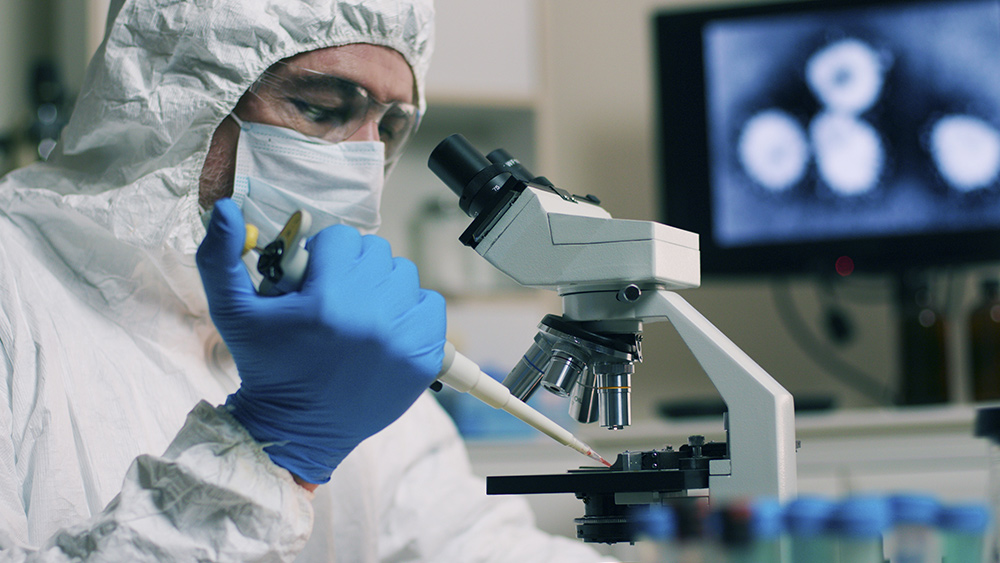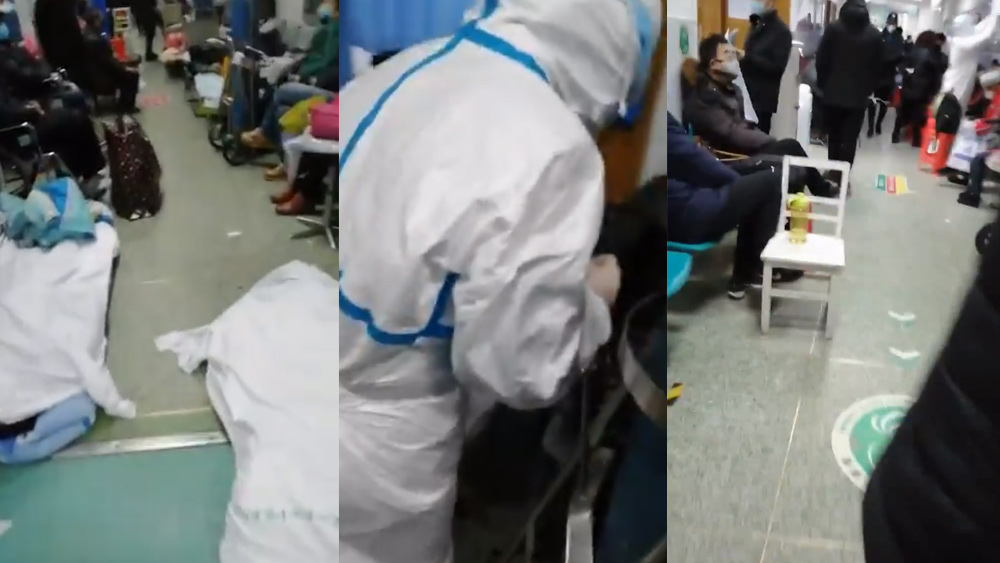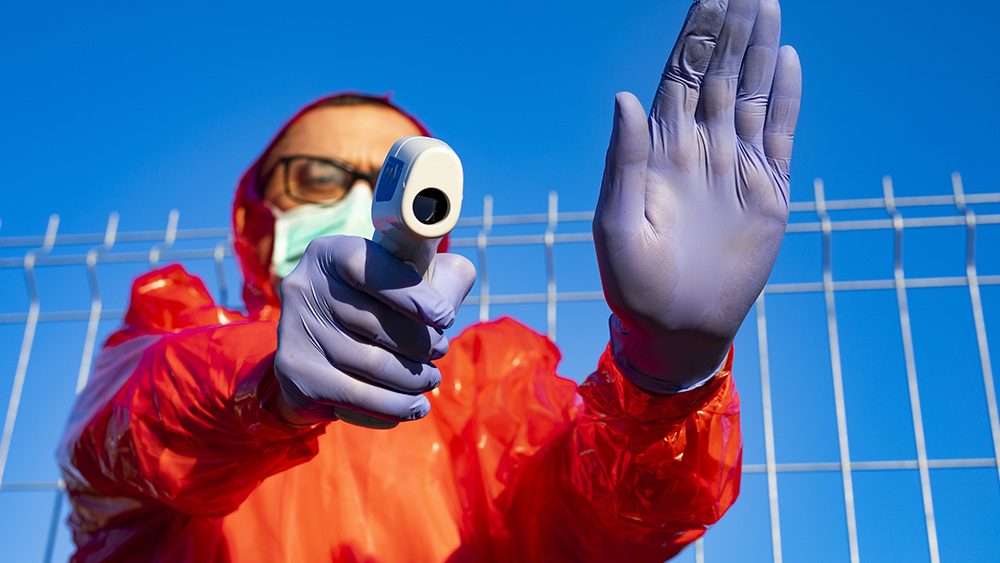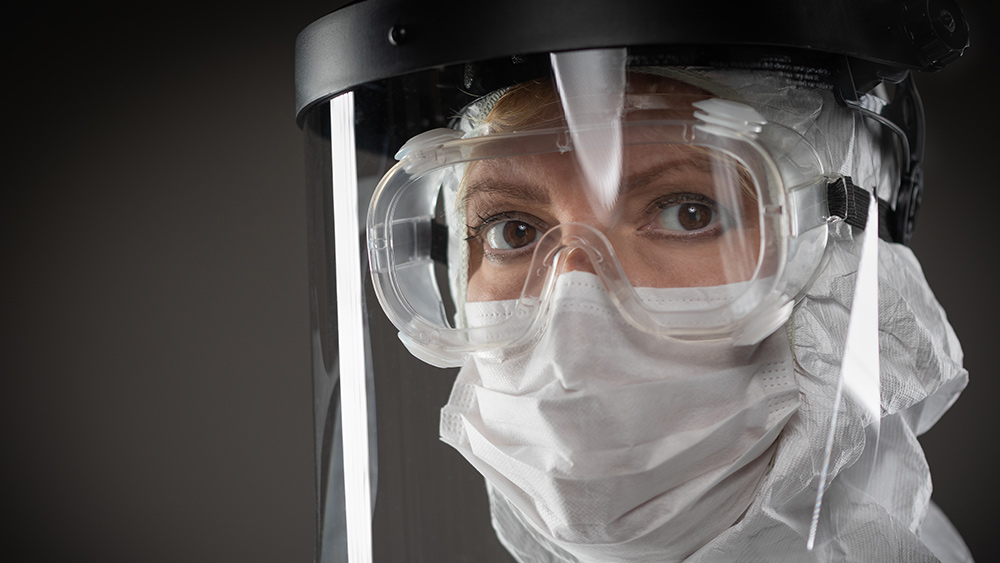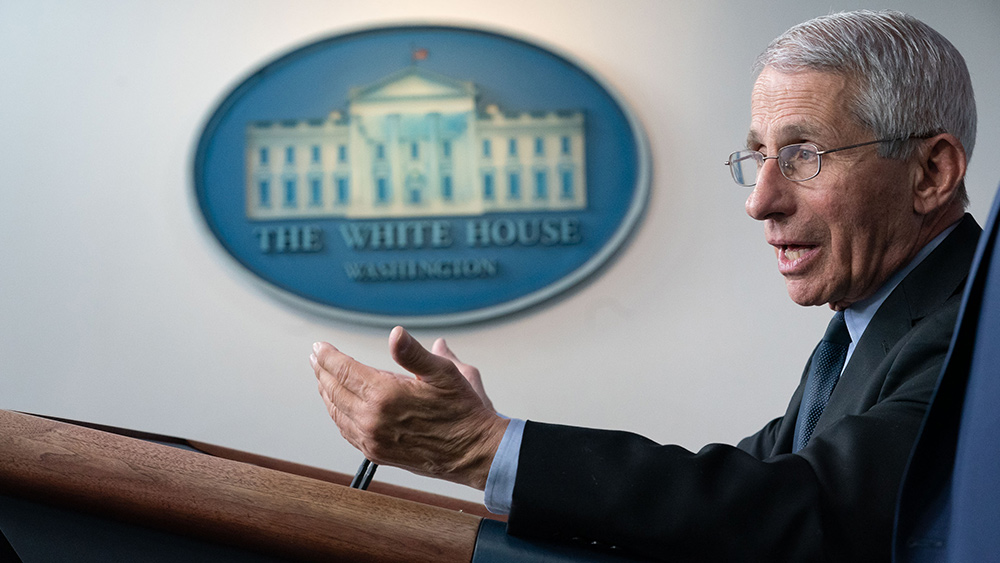Low sensitivity of coronavirus tests means patients may be getting INCORRECT results, warn experts
04/13/2020 / By Evangelyn Rodriguez
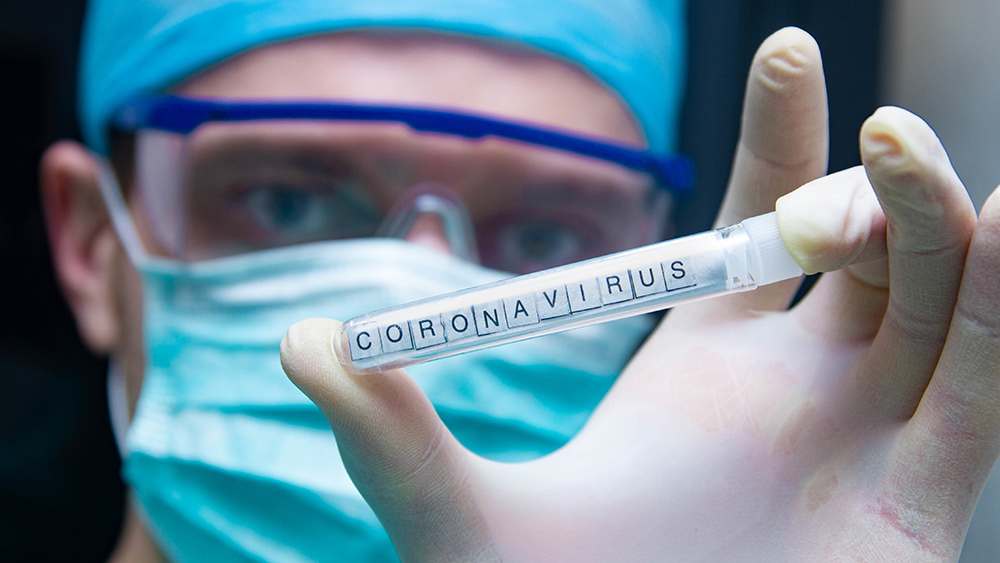
People who test negative for the coronavirus may not be out of the woods just yet. Despite the lack of scientific data regarding this, medical doctors in the U.S. and around the world are noticing a surge in false-negative results from coronavirus tests, which, together with undiagnosed asymptomatic cases, may be helping the deadly virus spread like wildfire across the globe.
Some people are showing symptoms similar to those caused by COVID-19 but are testing negative. Then, a few days later, they end up in the hospital and stay there for a long time. Dr. Chris Smalley, a primary-care doctor at Norton Healthcare in Kentucky, shared this observation with The Wall Street Journal. But Smalley is not the only doctor that has encountered cases like these.
Last month, a 16-month-old boy in Florida tested positive for the coronavirus, then tested negative after a few days. The testing was done by two different labs. According to Dr. Craig Deligdish, an oncologist at OMNI Healthcare in Florida who ordered the tests, in cases like this, the positive result is likely to be the correct result. He also said that a false-negative poses a huge problem to public health because “it tells the patient they don’t have the virus.”
Chinese study reports false-negative results, links them to sampling
Medical experts who have picked up on the erroneous results of some coronavirus tests now believe that one in three infected patients in the U.S. is getting false-negative results. Writing for The New York Times, Dr. Harlan Krumholz, a professor of medicine at Yale University and the director of Yale School of Medicine’s Center for Outcomes Research & Evaluation (CORE), said that some experts in laboratory medicine are worried that the false-negative rate in the U.S. could be higher than what has been reported in China.
On February 17, a study posted on the pre-print server medRxiv reported three confirmed coronavirus cases whose upper respiratory samples, namely, throat swabs, nasal swabs and sputum, returned with negative results. Chinese researchers identified these cases after analyzing a total of 866 respiratory specimens from 213 COVID-19 patients, who were hospitalized in Shenzhen Third People’s Hospital between January 11 and February 3. The researchers detected viral RNAs in both upper and lower respiratory samples (bronchoalveolar lavage fluid, BALF) from all severe cases except for three.
On the other hand, the researchers found a similar, albeit opposite, pattern in mild cases, with three patients getting negative results from their BALF samples but testing positive from their upper respiratory samples. These findings suggest that the coronavirus may be localized in specific parts of the respiratory tract relative to the severity of disease symptoms. The researchers also noted that the three severe cases with no detectable viral RNAs in their throat or nasal swabs showed lung abnormalities in their chest scans consistent with viral pneumonia. This led them to conclude that CT scans should also be used to complement laboratory findings when testing for the coronavirus.
Experts blame low sensitivity and rapid validation for erroneous results
According to former U.S. Centers for Disease Control and Prevention (CDC) statistician Tom Taylor, new coronavirus tests that are currently being used rely on a genetic method called reverse transcription-polymerase chain reaction (RT-PCR), a technique widely used in research to study gene expression. RT-PCR measures the expression levels of RNA, the type of genetic material some viruses, like the novel coronavirus, carry with them. RT-PCR is also used in clinical settings to diagnose genetic diseases.
Taylor told The Wall Street Journal that the method can detect over 90 percent of positive cases accurately. However, while RT-PCR is highly specific — meaning a positive result almost certainly means there’s an infection — Krumholz says it may also have “a particularly high rate of missing infections.” Dr. Michael Lozano, senior vice president at Envision Physician Services in Tampa, agrees with Krumholz, estimating that currently available tests are only about 70 percent sensitive. This means that for every three truly positive patients, one walks away with a false-negative result.
This reality not only troubles medical experts, it also raises doubts about how reliable the new tests that are coming out really are. In February, the U.S. Food and Drug Administration (FDA) announced that it will allow certain laboratories to begin testing immediately, even without approval. This meant that they could use validated diagnostics before the agency has finished reviewing its Emergency Use Authorization requests. Prior to this, the FDA required labs and testing companies to submit applications for new tests, saying that it was required by law.
Since the FDA’s announcement, hundreds of academic medical centers and a few large community hospitals have started operating with minimal regulatory oversight, as the agency has given them leave to submit their internal studies at a later time. This decision by the FDA was a response to the public health emergency that the abrupt rise in coronavirus cases in America has presented.
“The whole testing field is in flux,” noted Ohio State University epidemiologist Dr. Bill Miller, who doubts that any of the new tests are more sensitive than the one used previously by CDC-certified labs. “The thing that is different this time is most of these tests are going through a really rapid validation process. As a result, we can’t be completely confident in how they will perform.”
Miller also said that the unknown rates of false-negative results may be endangering the public and allowing the coronavirus to spread uncontrollably since they give some infected patients unjustified confidence that they could go back to business as usual without posing any threat to the health of others.
In New York City, the epicenter of the U.S. coronavirus outbreak, doctors have begun taking coronavirus test results with a grain of salt. According to Dara Kass, an emergency-room doctor at the NewYork-Presbyterian Hospital who is currently working from home after testing positive in March, all patients with symptoms are now being treated as positive, regardless of their test results. This is because the disease is so widespread in the city.
“A negative is not clearing anybody who is symptomatic,” she told The Wall Street Journal.
Krumholz echoed this sentiment, saying that with limited information regarding the performance of coronavirus tests, doctors and patients would do well to put test results in the context of all the other information available to them. He suggests looking at the big picture, not just a single piece of data.
“Even with more testing, we are likely to be underestimating the spread of the virus. For now, we should assume that anyone could be carrying the virus. If you have had likely exposures and symptoms suggest [COVID-19] infection, you probably have it — even if your test is negative,” explained Krumholz.
“We should all continue to practice the behaviors — rigorous hand washing, not touching the face, social distancing — that impede its spread.”
Sources include:
MedRxiv.org [PDF]
Tagged Under: America, China, coronavirus, coronavirus tests, covid-19, diagnostics, false negatives, infectious diseases, medical tech, outbreak, pandemic, RT-PCR, superbugs, test sensitivity, testing kits, viral infections

